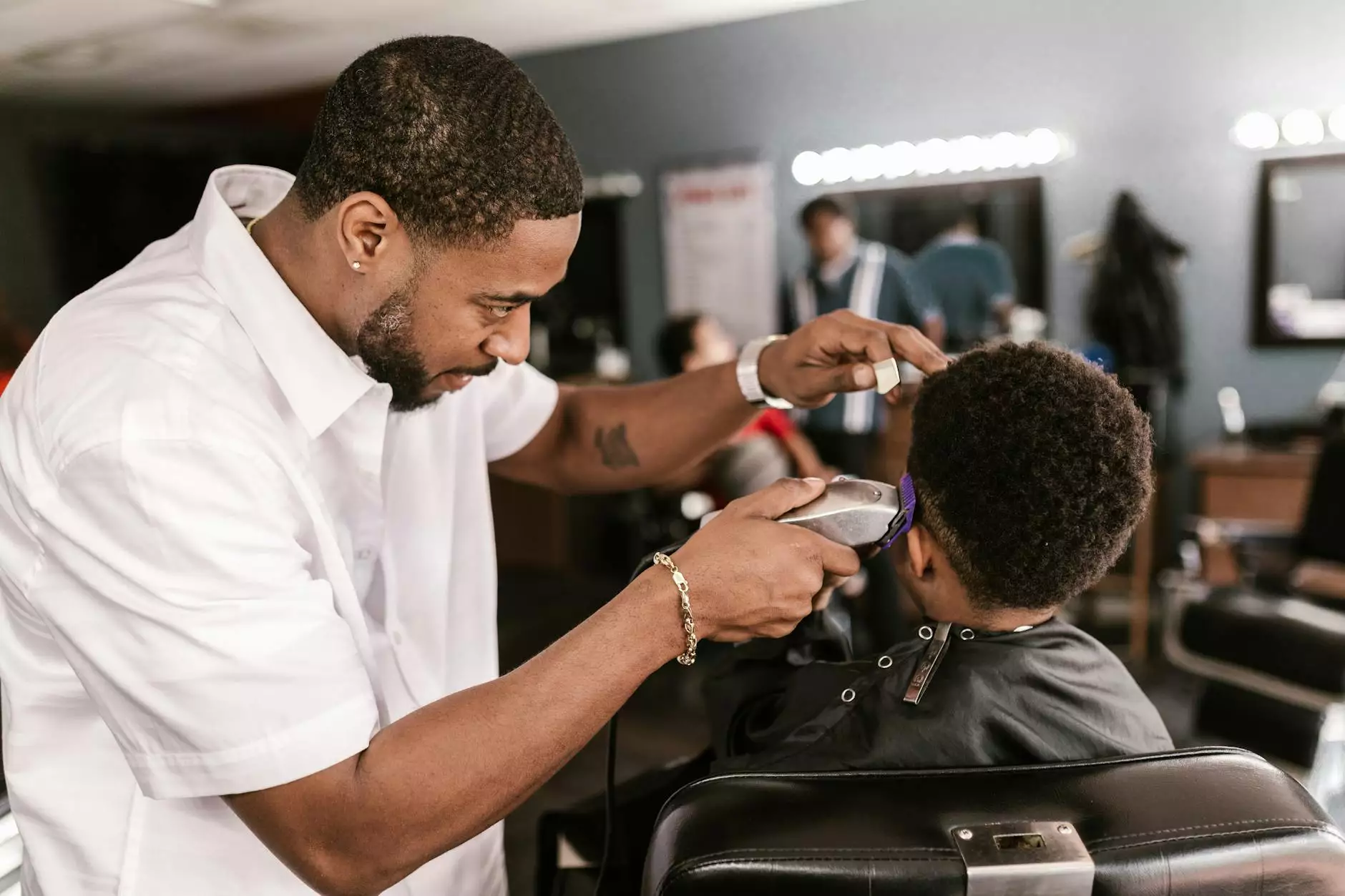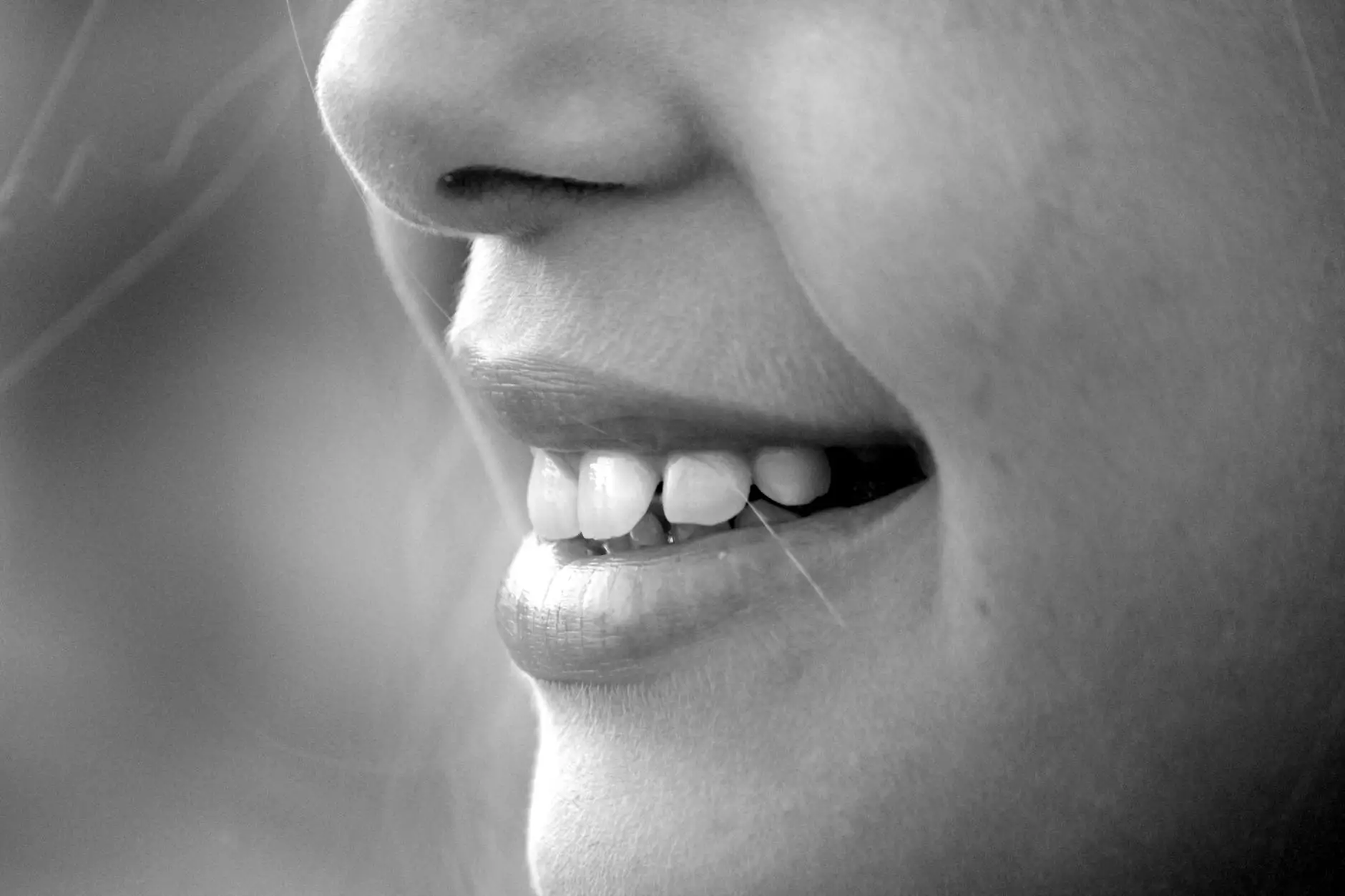Ultimate Guide to Beard Transplantation: Unlock Your Personal Style

In recent years, beard transplantation has emerged as a revolutionary solution for men seeking to enhance their facial aesthetics, restore confidence, and define their personal style. Whether due to genetics, scars, or patchy growth, many men face challenges in cultivating a full, well-defined beard. Fortunately, beard transplantation offers a safe, effective, and minimally invasive procedure to achieve the beard of your dreams.
What Is Beard Transplantation?
Beard transplantation is a cosmetic surgical procedure that involves transferring hair follicles from one part of the body—usually the scalp—to the beard area. This process mimics natural hair growth, resulting in a fuller, more uniform beard that complements facial features and boosts self-esteem.
The Evolution and Benefits of Beard Transplant Surgery
The technique of beard transplantation has evolved considerably over the past decade. Modern methods employ advanced Follicular Unit Extraction (FUE), allowing for precise, natural-looking results with minimal discomfort. The key benefits include:
- Natural Appearance: Transplanted hair grows naturally, blending seamlessly with existing facial hair.
- Minimally Invasive: No large incisions, minimal scarring, and shorter recovery times.
- Permanent Solution: Once transplanted, hair follicles establish a permanent growth cycle.
- Customizable Results: The procedure can be tailored to your desired beard style and density.
- Improved Self-Confidence: A fuller beard often enhances masculinity and personal charisma.
Who Can Benefit from a Beard Transplantation?
Men experiencing various issues with facial hair growth can benefit from beard transplantation. These include:
- Men with patchy or uneven beard growth due to genetics.
- Individuals with scars from injuries or surgeries that prevent full beard development.
- Men experiencing hair loss conditions such as alopecia barbae.
- Those seeking to redefine their facial aesthetics or try out new beard styles.
Understanding the Procedure of Beard Transplantation
The process of beard transplantation typically involves several key stages, ensuring safety, natural results, and patient satisfaction:
1. Consultation and Planning
The journey begins with a detailed consultation with an experienced hair restoration surgeon. During this stage, your medical history is reviewed, and a personalized treatment plan is designed. The surgeon assesses donor areas, usually the back or sides of the scalp, to ensure adequate hair follicle availability for transfer. Precise beard style goals are discussed to align expectations with achievable results.
2. Harvesting Hair Follicles
The most common technique employed is Follicular Unit Extraction (FUE). This minimally invasive method involves extracting individual hair follicle units using a tiny punch tool (usually 0.6 to 1.0 mm in diameter). Unlike older strip methods, FUE leaves no linear scar, enhancing recovery and aesthetic outcomes.
3. Preparing the Recipient Site and Implantation
After harvesting, the surgeon delicately creates tiny incisions or recipient sites in the designated beard region, considering natural hair growth angles, directions, and densities. The transplanted follicles are then carefully implanted into these sites, replicating natural growth patterns for authentic aesthetics.
4. Post-Procedure Care and Recovery
Following the surgery, patients are provided with detailed instructions to optimize healing. Mild swelling, redness, or scabbing may occur, but these are temporary. Typical recovery involves avoiding strenuous activities for a few days and following proper hygiene protocols to prevent infection.
Expected Results and Timeline of Beard Transplantation
Patience is vital in beard transplantation results. Transplanted hair initially sheds within the first 2-3 weeks post-surgery—a normal part of the process. New hair growth usually begins around 3-4 months after the procedure, with full, dense results visible approximately 9-12 months later.
Transplanted follicles continue to grow hair naturally, and maintenance is minimal, although some men may opt for future touch-up sessions to enhance density or address specific areas.
The Cost of Beard Transplantation
The expense associated with a beard transplantation varies depending on factors such as geographic location, the extent of the area to be treated, surgeon expertise, and technique used. On average, prices range from $3,000 to $8,000. Although seemingly significant, this is a permanent investment in personal appearance, confidence, and style.
Most reputable clinics include consultations, procedure costs, and follow-up care within their packages. Financing options are often available to make the procedure more accessible.
Choosing the Right Medical Center for Your Beardless Transformation
Quality and safety are paramount in medical centers offering beard transplantation. When selecting a provider, consider the following:
- Experienced Surgeons: Look for specialists with extensive training in hair restoration.
- Modern Facilities: State-of-the-art equipment and sterile environments ensure patient safety.
- Patient Testimonials and Before/After Photos: Real-world results provide insight into expertise and artistry.
- Transparent Pricing and Post-Operative Support: Clear communication increases confidence in your journey.
- Accreditation and Certification: Verify clinic credentials and surgeon memberships in relevant medical societies.
The Future of Beard Transplantation and Innovation
The field of beard transplantation continues to evolve, embracing new techniques and technologies. Innovations such as robotic hair follicle extraction, platelet-rich plasma (PRP) therapy to promote hair growth, and bio-engineered hair follicles are on the horizon. These advancements aim to further improve precision, reduce recovery times, and enhance natural appearance.
Moreover, personalized treatment plans utilizing 3D imaging and virtual simulations allow patients to visualize potential outcomes before the procedure, empowering informed decision-making.
Why Men Are Choosing Beard Transplantation Today
In a culture that increasingly celebrates personal expression and masculinity, beard transplantation is more than just a cosmetic procedure—it is a pathway to confidence, individuality, and style. Men across various age groups are turning to this transformative process to redefine their facial aesthetics and take on new challenges with self-assurance.
Expert Tips for a Successful Beard Transplant Outcome
Achieving optimal results involves more than just the procedure itself. Here are some expert tips:
- Follow Post-Operative Instructions: Adhere strictly to your surgeon’s guidelines for hygiene and activity restrictions.
- Maintain a Healthy Lifestyle: Proper nutrition, hydration, and avoiding smoking promote healthy hair growth.
- Be Patient: Recognize that full results take time and incremental improvements are normal.
- Schedule Follow-Up Appointments: Regular check-ins help monitor progress and address any concerns promptly.
- Embrace Your Unique Style: Collaborate with your surgeon to craft a beard style that complements your facial structure and personal taste.
Conclusion: Embrace a New Level of Confidence with Beard Transplantation
The decision to undergo beard transplantation signifies a commitment to personal growth and self-confidence. By choosing a reputable clinic and working with skilled professionals, men can achieve a natural, aesthetically pleasing beard that enhances their masculinity and style. With continuous advancements in hair restoration technology, the future holds promising possibilities to refine and customize beard aesthetics further.
At hairtrans.net, our focus is on providing safe, innovative, and personalized solutions for men seeking to improve their facial hair. Embrace the opportunity to redefine your look, and take the first step toward a more confident you!









